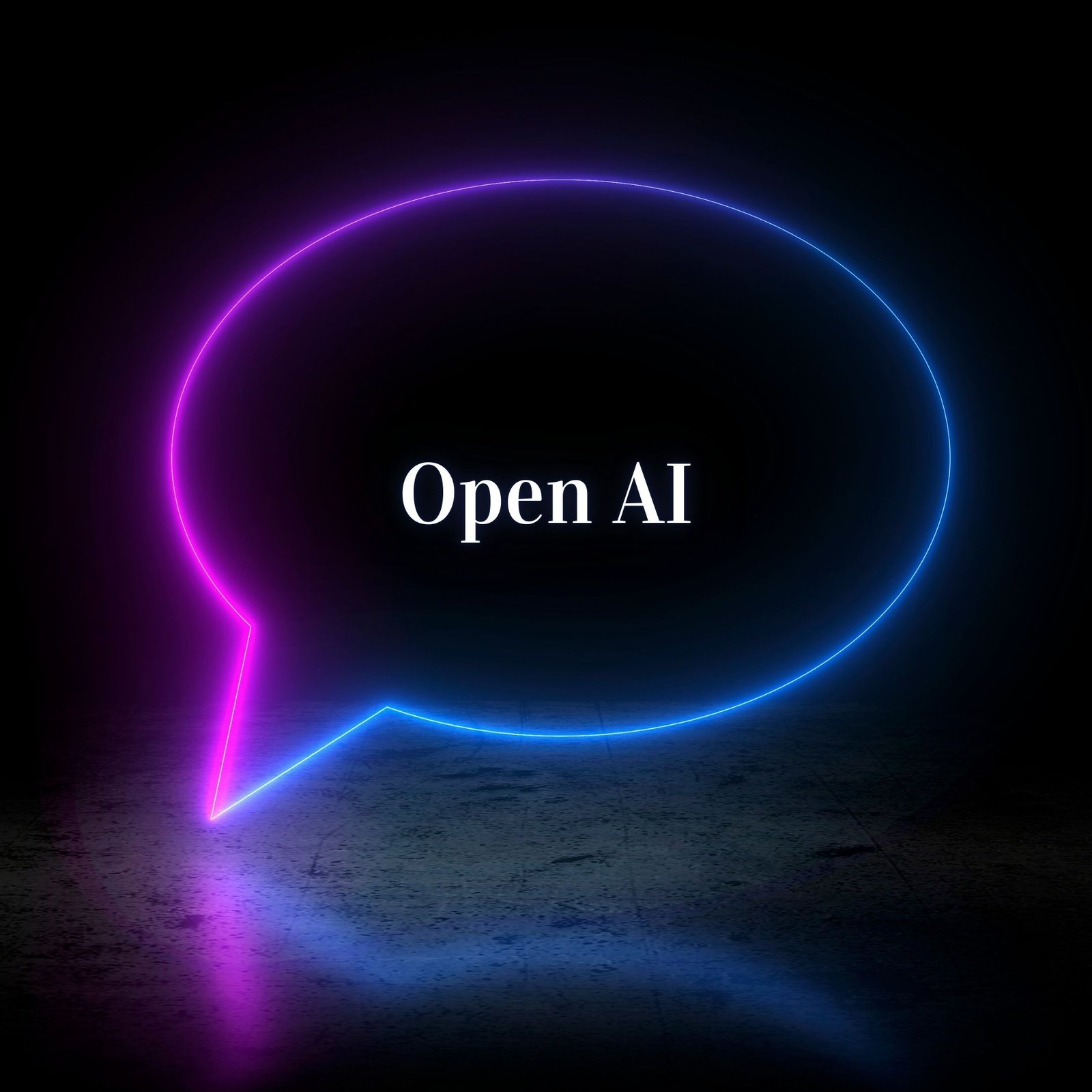Table of Contents
Introduction
The AI community has been buzzing with controversy after the alleged leak of OpenAI’s upcoming project, “Sora.” While the leak has generated significant public interest, it has also reignited tensions with artists, many of whom accuse OpenAI of using them as “PR puppets” while failing to address their concerns. This article explores the details of the leak, the creative community’s protests, and the wider impact on the AI and art industries.
The Leak: What is Sora?
Reports suggest that OpenAI’s “Sora” is a next-generation AI model designed to revolutionize creative collaboration between humans and machines. Sora is said to specialize in generating hyper-realistic images, text, and animations, marking a significant leap in AI-driven creativity. However, details about its capabilities and training process were leaked prematurely, sparking debates even before its official launch.
Although OpenAI has not confirmed the specifics of the leak, anonymous sources claim that Sora builds upon OpenAI’s prior models by incorporating a more nuanced understanding of style, composition, and cultural context. This could potentially challenge the dominance of tools like MidJourney and Adobe’s generative AI solutions.
The Artists’ Perspective: Protest and Frustration
The leak coincides with ongoing protests by a coalition of artists and content creators who feel exploited by OpenAI’s practices. These artists allege that their work was used to train AI models without proper consent or compensation. OpenAI has previously attempted to address such concerns by engaging with select representatives from the creative community, offering dialogues and collaborative opportunities. However, this approach has now been criticized as superficial.
Several protesting artists claim that these engagements were merely performative. “They invited us to the table to make it look like they were listening, but our input had no real impact,” said a prominent illustrator who wished to remain anonymous. “We were nothing more than PR puppets to them.”
This sentiment is echoed widely across social media platforms, where hashtags like #NotYourDataset and # AIExploitation are trending. These movements aim to highlight the unethical use of copyrighted works to train AI systems.
A History of Tension
The relationship between AI developers and the creative community has long been fraught with tension. Generative AI tools have transformed traditional art and media industries, igniting debates over copyright, fair use, and the role of technology in creativity.
Despite being a leader in the AI space, OpenAI has often faced scrutiny for its opaque practices. Critics argue that while the company makes strides in innovation, it lags in addressing ethical concerns. According to activists, the alleged use of artists’ works without permission is not an isolated incident but part of a broader pattern.
Efforts to bridge this divide—such as licensing agreements and opt-out mechanisms—have been criticized as inadequate or poorly implemented. For example, OpenAI’s introduction of an opt-out process for creators was criticized as overly complex and inaccessible to many artists.
OpenAI’s Response
As of now, OpenAI has not issued an official statement addressing the Sora leak or the latest wave of protests. However, insiders suggest the company is in damage control mode, working to contain the fallout.
Industry experts believe OpenAI may face legal and reputational consequences if it cannot address these issues transparently. Some are calling for stricter regulatory frameworks to govern how AI companies use copyrighted material, while others urge OpenAI to engage more meaningfully with the creative community.
What Does This Mean for the Future of AI and Creativity?
The controversy surrounding Sora is emblematic of the broader challenges in the AI landscape. As generative AI grows more advanced and widely available, concerns about ethical use, consent, and fair compensation are becoming more pressing.
The stakes are high for artists. Generative AI has already begun to reshape industries like advertising, entertainment, and publishing. With proper safeguards, many will be protected from further compromising their livelihoods.
For OpenAI, the Sora incident underscores the importance of building trust—not just with investors and tech enthusiasts but with the broader public, including the communities directly impacted by their innovations.
Conclusion
The alleged leak of OpenAI’s Sora has brought both excitement and criticism. While AI’s potential to revolutionize creativity is undeniable, the backlash from artists serves as a reminder that innovation must be balanced with responsibility. If OpenAI and other tech companies fail to address these concerns meaningfully, they risk alienating the very communities their technologies are meant to empower.
In the end, the future of tools like Sora will depend not just on their technical capabilities but on how they navigate the ethical and social challenges of our increasingly AI-driven world. Whether OpenAI can rise to this occasion remains to be seen.









